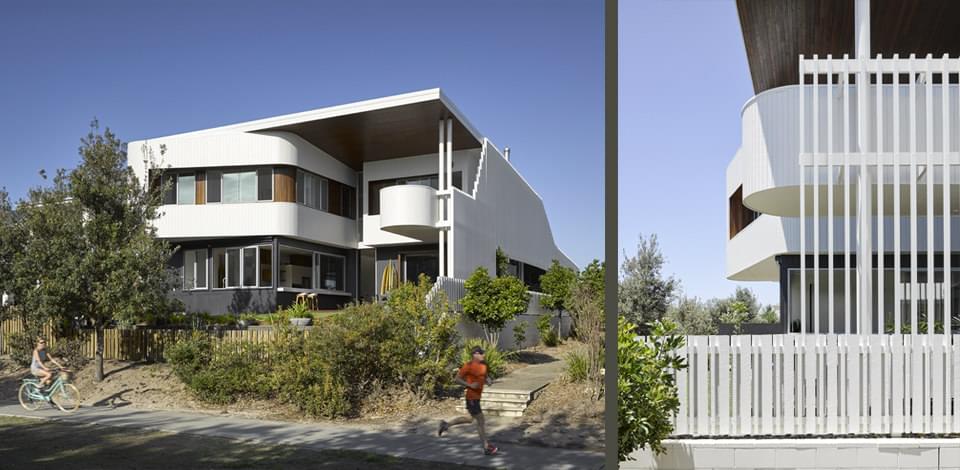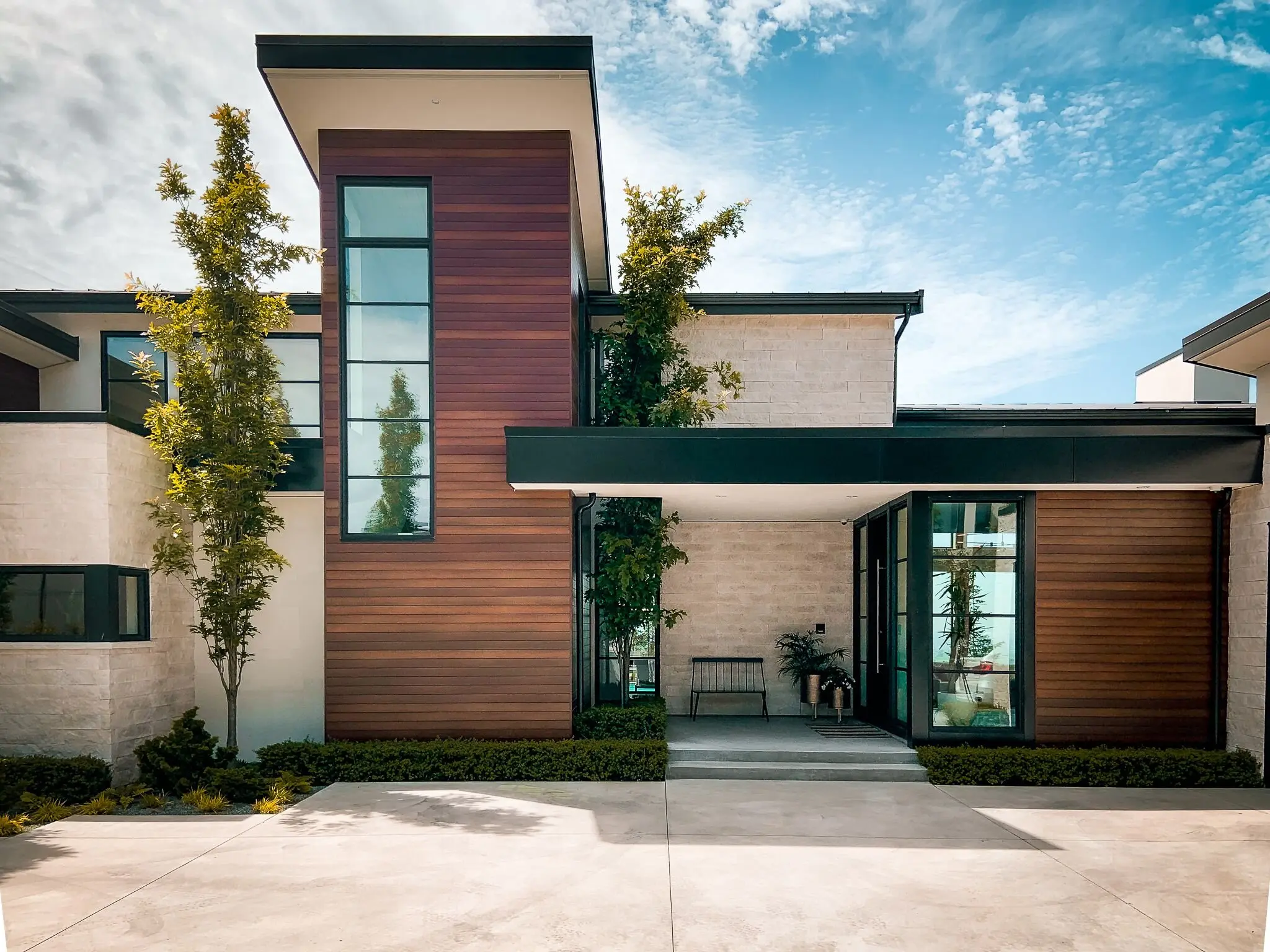Innovative Residential Interior Architect to Create Functional and Stylish Interiors
Innovative Residential Interior Architect to Create Functional and Stylish Interiors
Blog Article
Top Patterns in Residential Architecture You Should Understand About
As residential architecture proceeds to evolve, a number of engaging trends are shaping the method we make and occupy our living spaces. Trick developments such as sustainable building methods, the integration of wise home technology, and the surge of modular homes highlight a significant shift in the direction of both performance and environmental duty.
Sustainable Building Practices
An enhancing variety of domestic jobs are accepting lasting structure practices, driven by a growing recognition of environmental impact and power performance. This change is defined by the combination of environment-friendly materials, energy-efficient styles, and cutting-edge construction methods. Building contractors and homeowners are significantly focusing on using renewable energies, such as bamboo and recycled steels, which not only decrease the carbon footprint but also enhance the resilience and aesthetic allure of residential or commercial properties.
Incorporating energy-efficient systems is an additional crucial element of sustainable building - residential house architect. Features such as high-performance insulation, energy-efficient windows, and photovoltaic panels are coming to be criterion in new residential styles. These elements not only add to reduced power consumption but additionally give substantial long-term cost savings for house owners
Furthermore, the design of sustainable homes typically emphasizes all-natural light and ventilation, minimizing the dependence on artificial illumination and climate control systems. Landscape design methods, such as xeriscaping, further advertise sustainability by minimizing water usage.
As the demand for sustainable living services remains to climb, the household architecture market is positioned to adjust and innovate, ensuring that future homes are not just ecologically accountable but practical and likewise comfortable for their passengers. - residential house architect
Smart Home Technology
Smart home innovation is transforming the method house owners interact with their home, enhancing energy, safety, and benefit monitoring. This cutting-edge approach integrates numerous gadgets and systems, allowing individuals to manage their homes remotely or through automated procedures. Central to this fad is making use of wise tools such as thermostats, lighting, safety and security cameras, and appliances, all linked using the Internet of Things (IoT)
One of one of the most enticing features of clever home modern technology is the ability to tailor settings for ideal energy effectiveness. Property owners can check energy usage and adjust lighting, air conditioning, and home heating based on their regimens, considerably minimizing utility costs. In addition, sophisticated safety and security systems outfitted with clever locks and surveillance cameras offer peace of mind, allowing remote monitoring and signals to prospective security violations.
Integration with voice-activated assistants enhances individual experience, permitting property owners to control devices with basic voice commands. As modern technology continues to advance, the possibility for wise home systems to improve high quality of life expands, making them an important factor to consider in modern property design. Eventually, wise home technology is not just a trend however a fundamental change towards much more smart living environments.
Open Principle Living
Open concept living has become a specifying attribute in modern property design, defined by the elimination of conventional barriers in between areas. This layout viewpoint advertises fluidity and connectivity within the home, permitting a smooth transition in between locations such as the cooking area, dining, and living areas. By removing wall surfaces and partitions, open principle layouts develop a sense of space, promoting an inviting environment that enhances social interaction.

Furthermore, this method to property layout straightens with minimalism, focusing on practical simpleness and visual coherence. Property owners appreciate the flexibility of these layouts, which can be easily adapted to mirror individual design with furniture plan and decoration. As open concept living proceeds to acquire grip, it remains a testament to advancing family characteristics and the desire for homes that enhance connection and comfort.
Biophilic Layout
Biophilic design has ended up being increasingly considerable in residential architecture, highlighting the innate connection in between people and nature. This design ideology looks for to integrate natural environments right into living spaces, consequently cultivating a sense of wellness and boosting the quality of life for residents. By incorporating features such as natural light, greenery, and natural products, biophilic design promotes an unified connection between interior atmospheres and the natural world.
Crucial element of biophilic design consist of big read here windows that give unhampered sights of exterior landscapes, living wall surfaces that introduce plant right into insides, and open layout that urge air movement and natural light penetration. Water attributes, both inside and outside the home, offer to develop calming environments and improve sensory experiences.
Furthermore, making use of sustainable materials not just sustains environmental stewardship yet likewise contributes to much healthier indoor air top quality. As understanding of ecological concerns increases, property owners are increasingly focusing on layouts that mirror their connection to nature. In significance, biophilic style not just elevates visual appeal yet likewise addresses emotional and psychological requirements, making it an important pattern in contemporary household design.
Modular and Prefab Houses

Moreover, prefab and modular homes are created with sustainability in mind. Numerous makers make use of eco-friendly products and energy-efficient systems, such as photovoltaic panels and progressed insulation techniques, adding to lowered power usage and reduced energy bills for homeowners. The versatility of layout alternatives allows for modification, catering to diverse functional needs and aesthetic choices.
As the need for budget-friendly housing continues to rise, prefab and modular homes offer a feasible solution, addressing both economic and environmental challenges. Neighborhoods are significantly recognizing the possibility of these frameworks, incorporating them right into rural and metropolitan setups. In general, the trend towards prefab and modular homes indicates a change toward much more sustainable, reliable, and versatile living settings, making them an essential facet of contemporary household style.
Conclusion
Finally, the advancing landscape of residential architecture showcases significant patterns that focus on sustainability, health, and technology. Sustainable building methods and clever home innovations enhance performance and comfort, while open idea living and biophilic design foster social communication and a connection to nature. In addition, the surge of modular and prefab homes uses adjustable and affordable services, mirroring a wider shift towards practical and accountable living. These patterns collectively emphasize a dedication to developing unified and innovative property atmospheres.
Key developments such as lasting building practices, the combination of wise home innovation, and the rise of modular homes emphasize a significant shift in the direction of both performance basics and ecological responsibility.The surge of modular and prefab homes has actually transformed the property architecture landscape, using cutting-edge options for efficient and lasting living.Furthermore, modular and prefab homes are developed with sustainability in mind. Overall, the trend toward prefab and modular homes look at this site signifies a shift toward more lasting, reliable, and versatile living environments, making them a pivotal facet of modern household style.
Lasting building techniques and wise home modern technologies improve effectiveness and comfort, while open idea living and biophilic design foster social communication and a link to nature.
Report this page